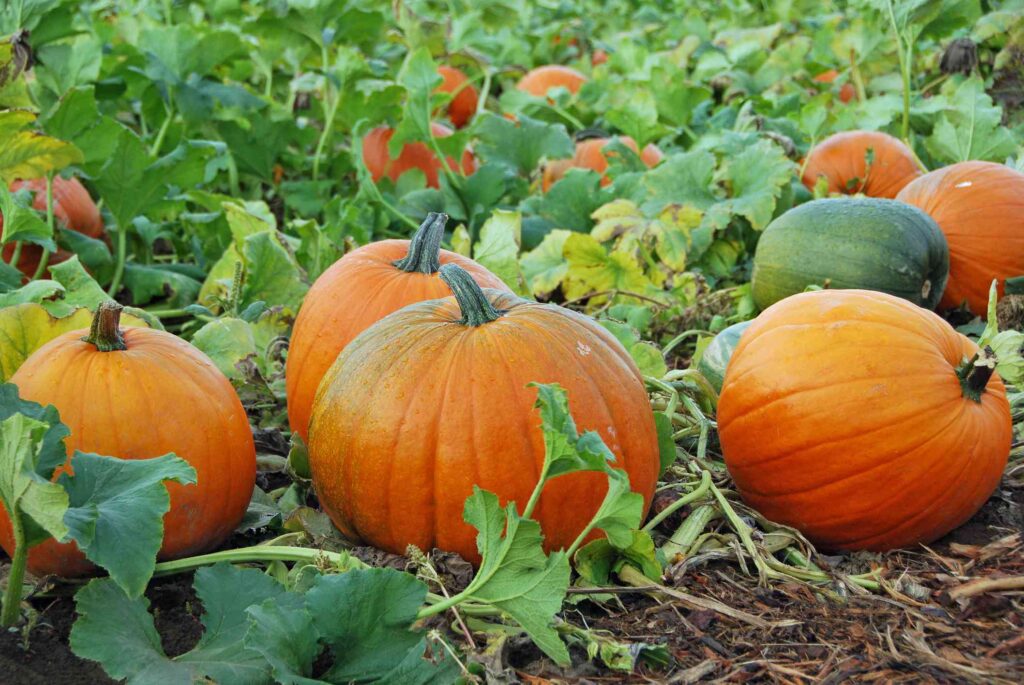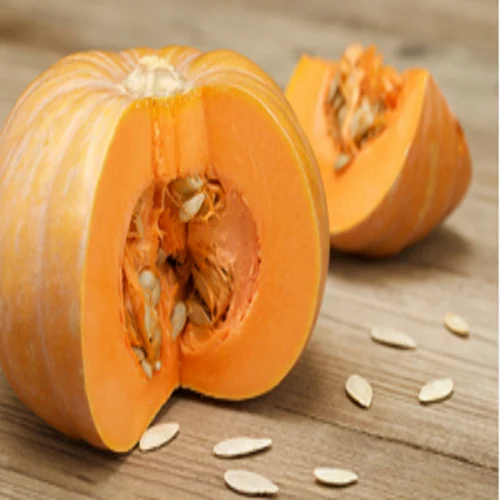Introduction
Pumpkin, often referred to as “Kadu” in various regions, is a versatile vegetable with a storied history and numerous health benefits. Cultivated and consumed for millennia across different cultures, this content delves into the origins, nutritional value, health advantages, and culinary uses of pumpkin from ancient times to today.
Origins of the Pumpkin
Pumpkins are thought to have originated in North America over 7,500 years ago. Archaeological evidence of pumpkin seeds in Mexico dates back to 5500 B.C. Indigenous peoples of North America were pioneers in cultivating pumpkins, relying on them as a crucial food source. Following the Columbian Exchange in the 16th century, pumpkins were introduced to Europe and eventually spread worldwide.
Cultural Importance
Pumpkins hold a prominent place in many cultures and traditions. Native Americans commonly dried and ground pumpkins into flour or boiled them as a food source, with the seeds also consumed or used medicinally. In Europe, pumpkins became a key autumn food, frequently linked to harvest festivals and celebrations.
Nutritional Information
Pumpkin is a nutrient-rich vegetable, low in calories and packed with vitamins and minerals. A 100-gram serving of pumpkin provides approximately:
Caloric Value: 26
Carbohydrates: 7g
Protein: 1g
Fiber: 1 gram
Vitamin A: 170% of the Recommended Daily Value (DV)
Vitamin C: 10% of the Daily Value
Potassium: 7% of Daily Value
Pumpkin is rich in antioxidants, especially beta-carotene, which imparts its bright orange hue.

Benefits to Health
Promotes Eye Health: Rich in vitamin A, especially beta-carotene, pumpkin supports optimal vision and helps prevent age-related macular degeneration.
Enhances Immunity: Rich in vitamin C and other antioxidants, pumpkin fortifies the immune system, aiding the body in combating infections and illnesses.
Supports Heart Health: Rich in potassium and fiber, pumpkin aids in maintaining healthy blood pressure and cholesterol levels.
Supports Weight Loss: Low in calories and rich in fiber, pumpkin aids in weight management by enhancing satiety.
Enhances Skin Health: Rich in vitamins and antioxidants like vitamin A and C, pumpkin promotes radiant, healthy skin by combating free radicals and delaying signs of aging.
Culinary Uses
Pumpkin offers remarkable versatility in the kitchen, enhancing both sweet and savory dishes. Popular culinary uses include:
Soups and Stews: Pumpkin imparts a luscious, creamy texture and a hint of sweetness to soups and stews.
Pies and Desserts: Pumpkin pie stands as a timeless favorite, especially in North America during the fall and Thanksgiving celebrations. Pumpkin also enhances cakes, muffins, and cookies with its unique flavor.
Roasted Pumpkin: Roasting brings out the pumpkin’s natural sweetness, transforming it into a tasty side dish or a flavorful salad addition.
Pumpkin Seeds: Known as pepitas, these seeds offer a nutritious snack, packed with healthy fats, protein, and essential minerals such as magnesium and zinc. Enjoy them roasted and seasoned, or toss them into salads and granola.

Contemporary Applications and Trends
Recently, pumpkin has emerged as a superfood, particularly among health enthusiasts. Pumpkin spice-flavored items like lattes and baked goods have become popular seasonal favorites, especially during the fall. Moreover, pumpkin puree frequently serves as a nutritious alternative to butter or oil in baking recipes.
Final Thoughts
Pumpkin, also known as Kadu, is more than a seasonal vegetable; it is a nutritious and versatile food with a rich history of cultivation and consumption. From its ancient roots in North America to its current global popularity, pumpkin remains a cherished ingredient in kitchens worldwide. Its numerous health benefits and culinary applications make it a valuable addition to any diet.
